Number Sense Teaching Resources
Browse printable number sense worksheets, hands-on maths activities and more teacher resources created by teachers for teachers like you!
These resources are aligned with the Australian Maths Curriculum, and each was created by teachers with teachers — and students — in mind to help build foundational maths skills in ways that engage and excite students about numbers!
Want to learn more about number sense? Read on for a primer from our teacher team, including a definition of number sense, how to assess this important maths skill and more!
What Is Number Sense?
In the most basic sense (no pun intended), number sense refers to a student's intuitive understanding of numbers and their relationships. It includes the ability to estimate and compare quantities, understand numerical patterns and relationships and make reasonable judgments about the accuracy of calculations.
When students show an understanding of numbers, their size, relationships,and how they are affected by the four mathematical operations, what they're really showing is their number sense.
In an educational setting, building number sense is closely related to other foundational skills such as problem-solving, critical thinking and logical reasoning. As our students get older, it will become a crucial skill for daily life they will use to manage finances, calculate time and make decisions based on numerical information.
Teach Starter Teacher Tip: Although the names may seem interchangeable, it's worth noting that number sense is not the same as mathematical fluency or memorisation of algorithms, but rather a deep understanding of the underlying concepts and relationships between numbers.
When Does Number Sense Develop?
There is no single year level when we're teaching students number sense — instead, it continues to develop and become more sophisticated as students progress through primary school.
Research suggests that babies as young as 6 months old can distinguish between small and large numbers of objects, and by prep, students are already working on number sense as they begin to learn counting and one-to-one correspondence. At this level, they're also beginning to develop an understanding of quantity and relative size — both key to overall number sense.
Number sense will continue to grow in primary school as students become more adept at recognising and using numbers to solve problems, and it continues into high school and — for many students — into university.
Assessing Number Sense
When we assess students for their number sense skills, there are certain mathematical concepts that they should have under their belts. These include:
- Ability to Recognise Missing Numbers in a Pattern —When kids can fill in missing numbers in a sequence, they're showing that they can make connections between numbers and develop an understanding of the relationships between them.
- Ability to Use Maths Mentals — Students with number sense can use maths mentals to solve problems involving the four basic operations.
- Ability to Engage in Systematic Counting — Children who can count systematically can more easily understand the relationships between numbers, including number magnitude, patterns and sequences.
- Ability to Subitise Numbers — Students can use visual clustering skills to instantly recognise how many objects are in a group without physically counting them.
- Ability to Relate Numbers to Real-World Problems —For example, a student may understand that '3' means 'three objects' or 'three days' or 'three dollars.'
- Ability to Compose and Decompose Numbers — Students use number sense when they break down numbers and put them back together. For example, a student who can break down the number 10 into 8 and 2, then add the two back together to again make 10, is using number sense.
- Plus Plan
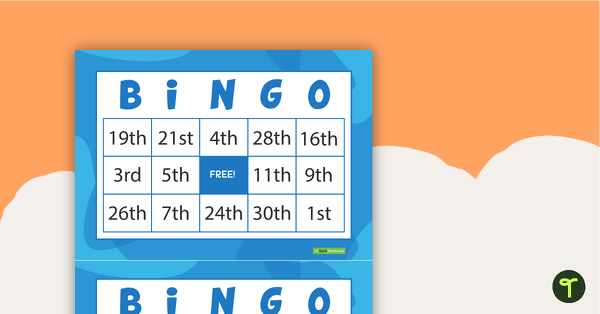
Ordinal Numbers Bingo Cards
32 different bingo cards using ordinal numbers.
- Plus Plan
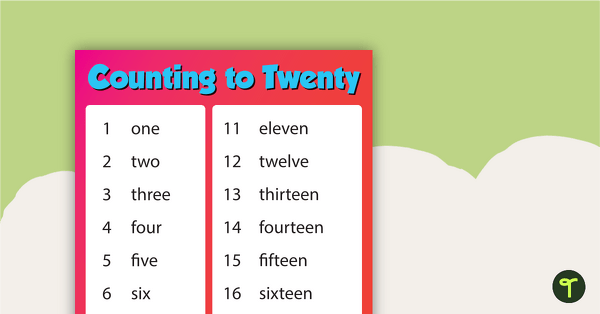
Counting to Twenty Poster - Colour - No Capitals
A poster showing numbers and words from one to twenty.
- Plus Plan
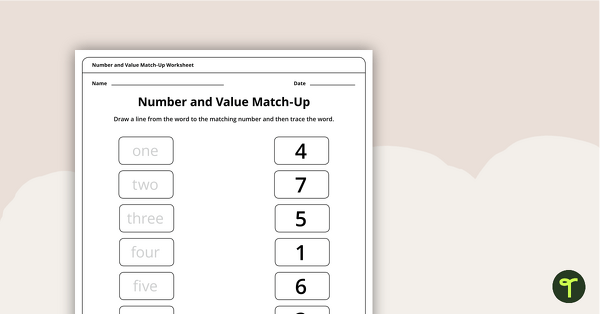
1-9 Number and Value Match-Up Worksheet
Match-up 1-9 numbers and words with this simple and easy to use worksheet.
- Plus Plan
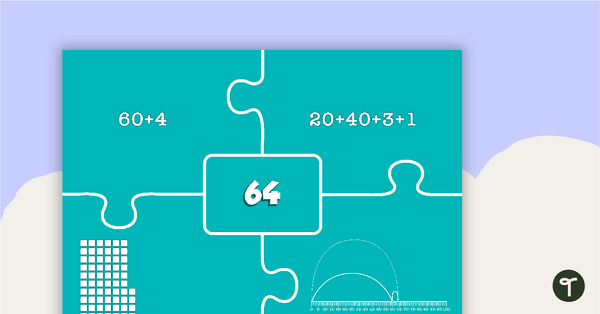
Number Matching Puzzle - Addition
A hands-on game to play when learning about adding numbers.
- Plus Plan
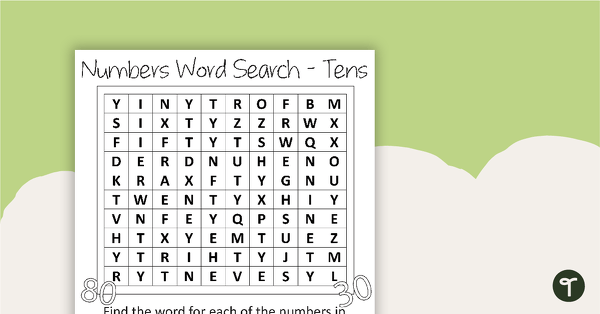
Tens (Numbers and Words) Word Search with Answers
Use this Word Search to help your students work with identifying numerals and their name.
- Plus Plan
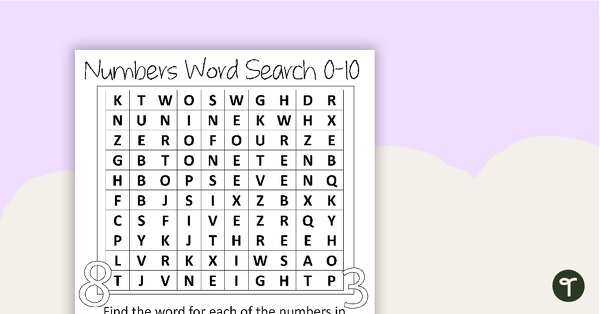
Numbers and Words 0-10 Word Search with Answers
Use this Word Search to help your students work with identifying numerals and their name.
- Plus Plan
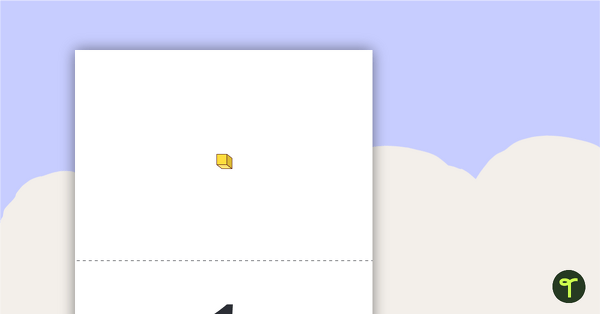
1-100 Number Flashcards MAB Blocks
Use these flashcards when learning about numbers and words.
- Plus Plan
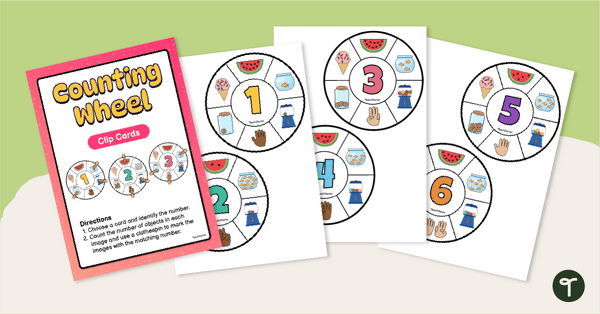
Counting Wheel Clip Cards Numbers 1-10
Practise counting objects to 10 and using fine motor skills to put a peg on these clip cards.
- Plus Plan
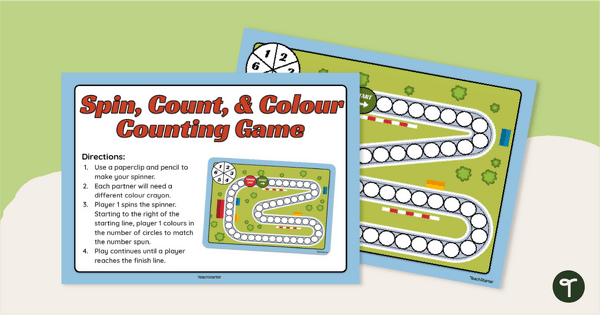
Spin, Count and Colour Counting Game
Practise counting skills with this fun spin, colour and count game for pairs.
- Plus Plan
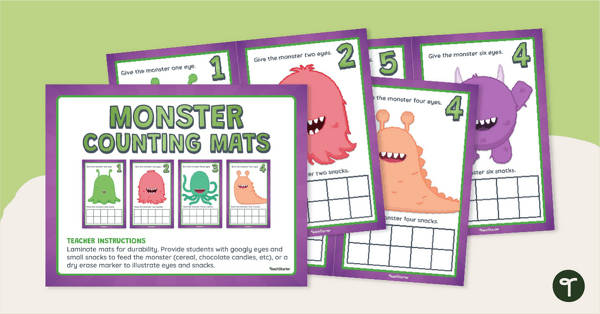
Monster Counting Mats Numbers 1-10
Count monster eyes up to 10 with this fun counting activity for the early years classroom.
- Plus Plan
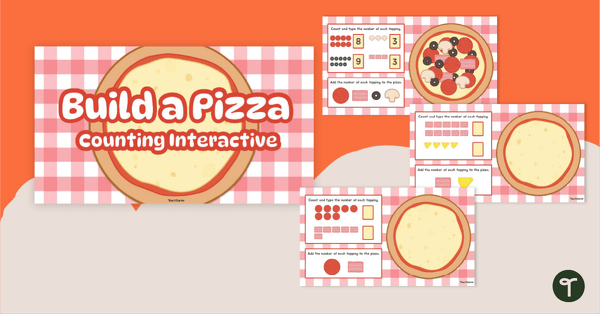
Build a Pizza Counting Interactive Activity
Build a pizza by using counting skills with this fun interactive game.
- Plus Plan
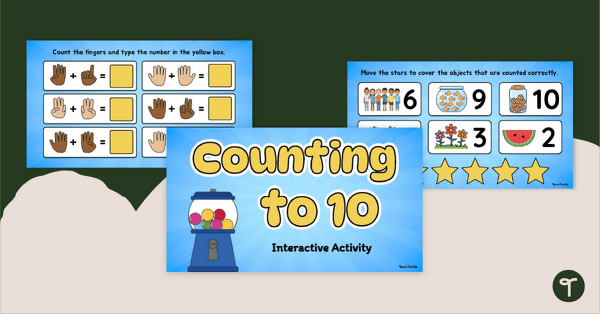
Counting to 10 Interactive Activity
Practise counting to 10 with this fun and engaging interactive activity.
- Plus Plan
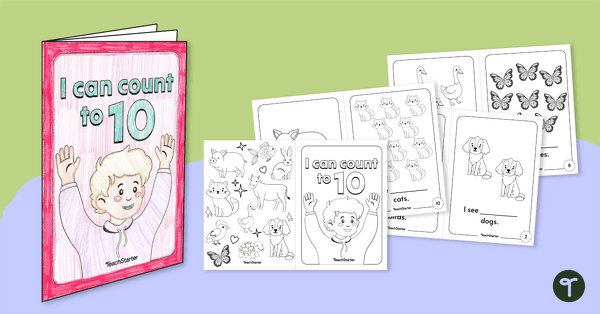
I Can Count to 10 Mini Book
Practise counting small objects up to 10 with this student counting mini book.
- Plus Plan
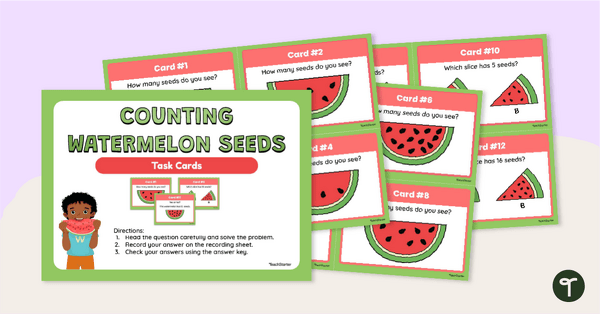
Counting Watermelon Seeds Task Cards
Practise counting with this set of watermelon-themed counting task cards.
- Plus Plan
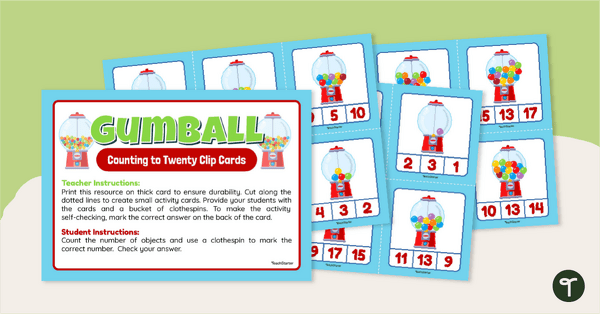
Gumball Counting Clip Cards
Practise counting gumballs and matching the numeral with what has been counted with this set of fun clip cards.
- Plus Plan
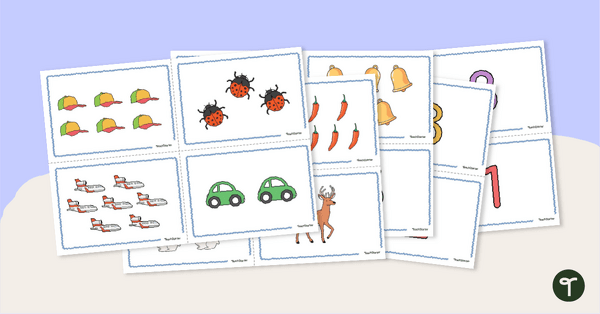
Counting to 10 Match-Up Activity
Practise counting to 10 with this set of twenty object and number matching cards.
- Plus Plan
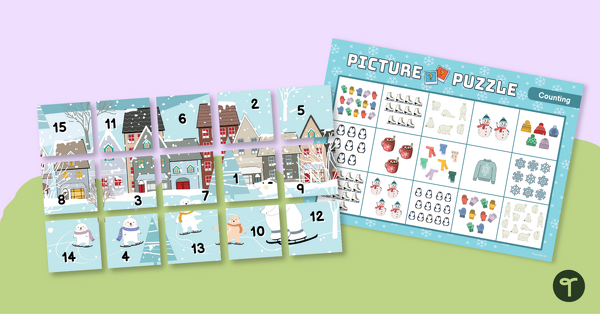
Counting Within 20 Picture Puzzle
Practise counting objects within 20 and matching groups to numbers through this 15-piece winter scene picture puzzle.
- Plus Plan
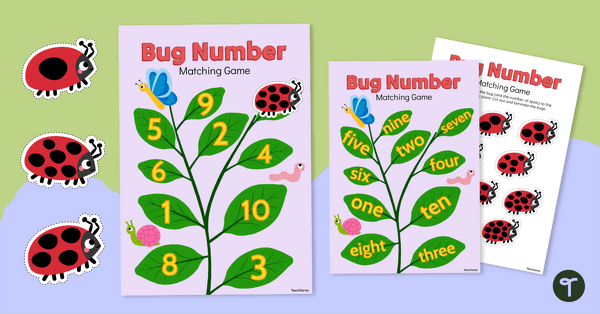
Numbers 1-10 Bug Matching Game
Help students learn to represent numbers 1-10 in picture, word and number form.
- Free Plan
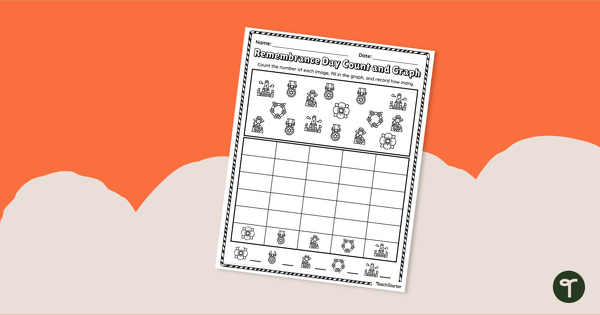
Remembrance Day Count and Graph Worksheet
Practise counting and graphing with a Remembrance Day Maths worksheet.
- Plus Plan
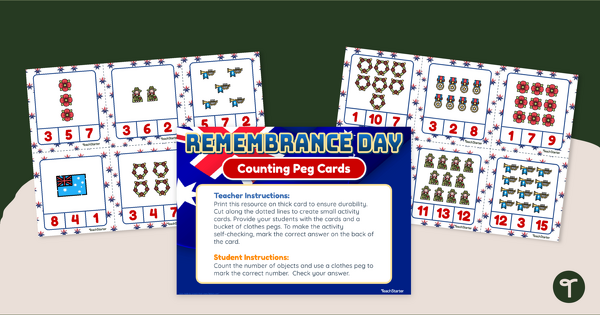
Remembrance Day Activity - Counting Peg Cards
Practise counting sets of objects with a group of 15 printable Remembrance Day peg cards.
- Plus Plan
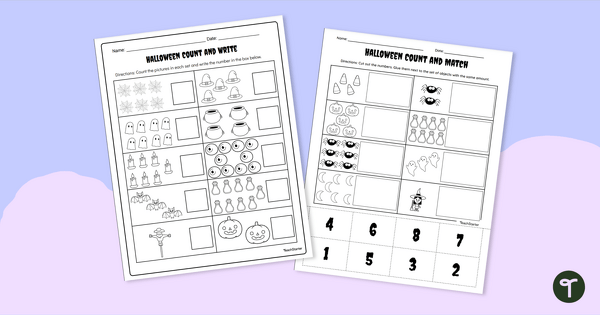
Halloween Counting to 10 Worksheets
Count, write, and match numbers and objects with printable Halloween counting worksheets.
- Plus Plan
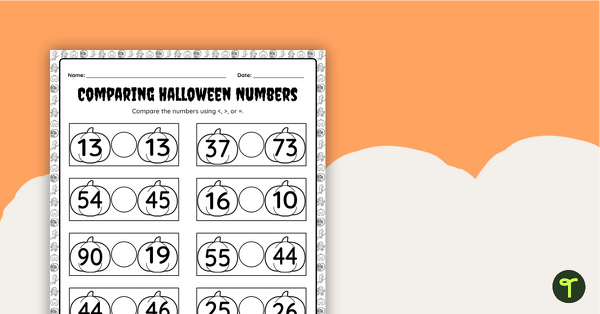
Using Greater Than - Less Than Symbols - Halloween Worksheet
Practise using the greater than, less than, and equal to symbols to compare two-digit numbers with a fun Halloween worksheet.
- Plus Plan
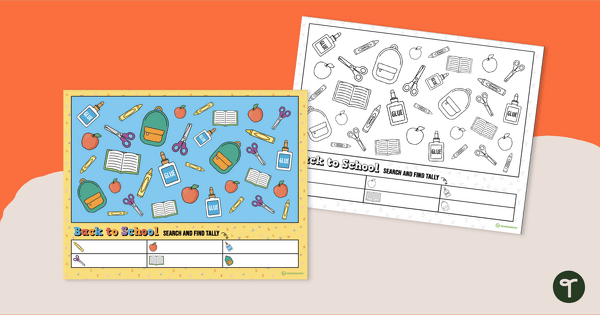
Search and Find – Back to School
Start the school year with a fun Search and Find maths activity for Year 1 students.
- Plus Plan
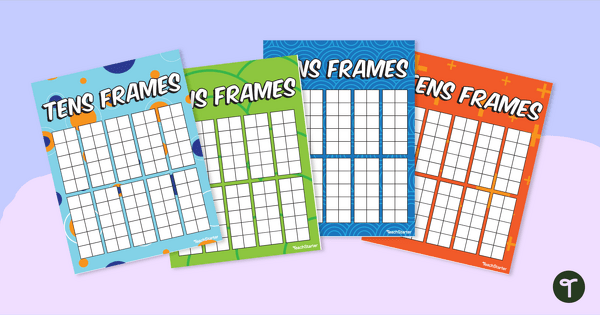
Colourful Tens Frames
Print a colourful set of tens frames to enhance your small group maths lessons.
- Plus Plan
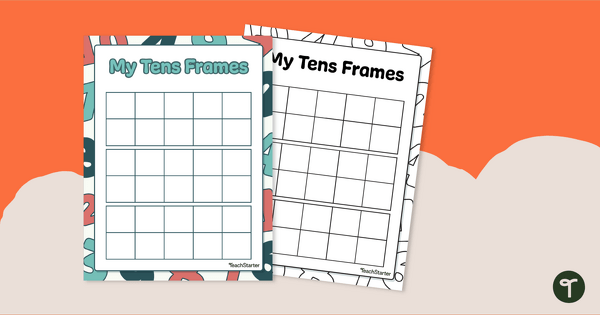
Numbers to 30 - Printable Tens Frames
Use a printable ten frame when working on counting, addition and subtraction, odd and even numbers, or place value.
- Plus Plan
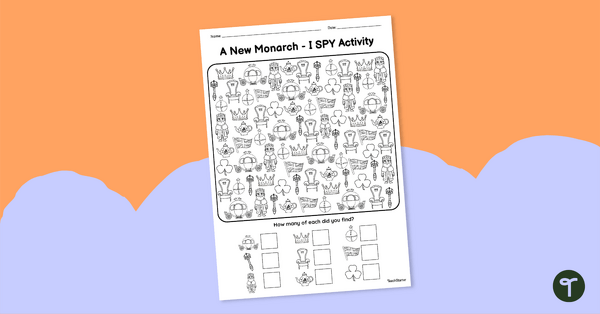
A New Monarch - A Royal 'I Spy' Worksheet
Count and find the royal symbols that represent the King's Coronation.
- Plus Plan
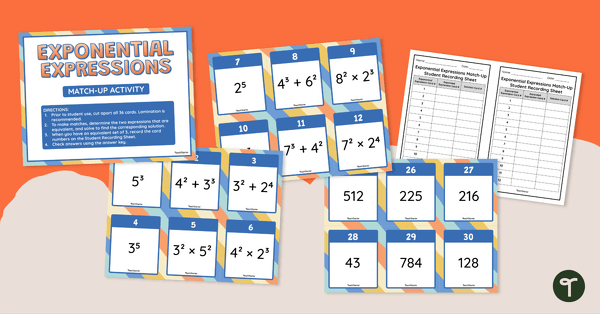
Exponential Expressions – Match-Up Activity
Match numerical expressions with exponents to their expanded expressions and solutions with this match-up activity.
- Plus Plan
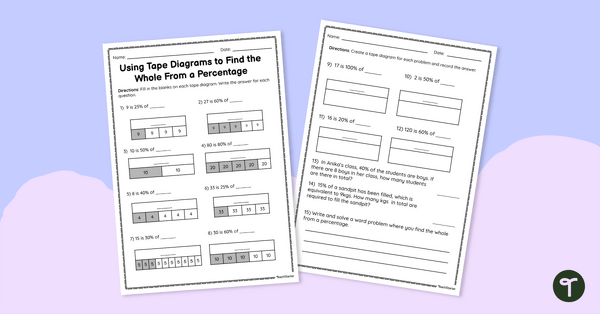
Using Tape Diagrams to Find the Whole From a Percentage – Worksheet
Calculate the whole from a percentage using tape diagrams with this worksheet.
- Plus Plan
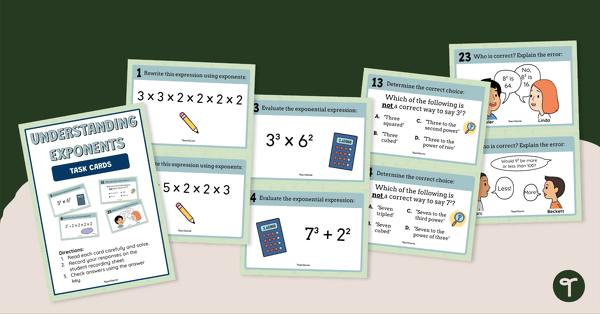
Understanding Exponents – Task Cards
Practise rewriting, comparing and evaluating expressions with exponents with this set of task cards.
- Plus Plan
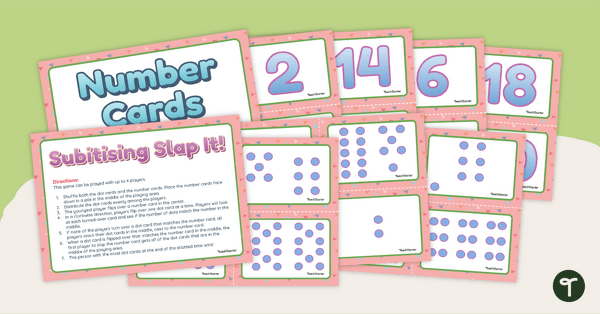
Subitising Game - Slap It!
Help students strengthen subitsing skills with this multiplayer maths card game!
- Plus Plan
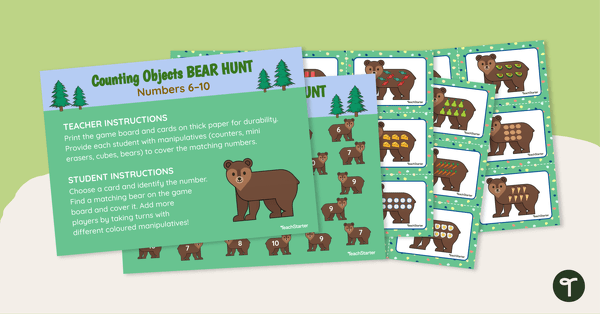
Counting Objects Bear Hunt – Numbers 6–10
Use one-to-one correspondence and basic counting skills with this hands-on activity.
- Plus Plan
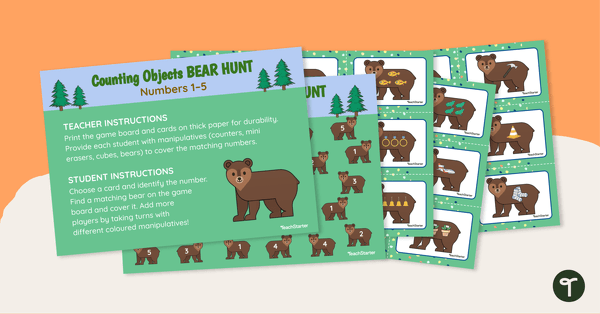
Counting Objects Bear Hunt – Numbers 1–5
Use one-to-one correspondence and basic counting skills with this hands-on game.